| Equation | (# participants) x (% participants who receive treatment solely because of the program) x (# QALY increase) x ($ QALY) |
| Explanation | This metric estimates the impact of post-traumatic stress disorder or depression treatment on lifetime health, estimated in terms of quality-adjusted life years (QALY). Number of participants: Reported by program. Percentage of participants receiving treatment solely because of program: [54%]. This is estimated by Constellation Fund staff based on data from SAMHSA (2017) which shows that 46% of individuals under 200% of the federal poverty level with any mental illness receive mental health care. Thus, we estimate that about 54% of participants would have not received treatment in the absence of the program. QALY increase: [0.15]. This is the value of the relief symptoms of severe mental illness from treatment of schizophrenia based on Andrews, Issakidis, C., Sanderson, S., Corry, J. & Lapsley (2004) and Carr, Lewin & Neil, 2006. $ value per QALY: [$50,000] Benefits are then discounted to present value based on the average age of participation to life expectancy. |
| References | Andrews, G., Issakidis, C., Sanderson, S., Corry, J. & Lapsley, H. (2004). Utilising survey data to inform public policy: Comparison of the cost-effectiveness of treatment of ten mental disorders. British Journal of Psychiatry, 184(6), 526-533. Carr, V. J., Lewin, T. J. & Neil, A. L. (2006). What is the value of treating schizophrenia? Australian and New Zealand Journal of Psychiatry, 40(11-12), 963-971. Substance Abuse and Mental Health Services Administration (SAMHSA). (2017). Key substance use and mental health indicators in the United States: Results from the 2016 National Survey on Drug Use and Health (HHS Publication No. SMA 17-5044, NSDUH Series H-52). Rockville, MD: Center for Behavioral Health Statistics and Quality, Substance Abuse and Mental Health Services Administration. Retrieved from: https://www.samhsa.gov/data/ |


